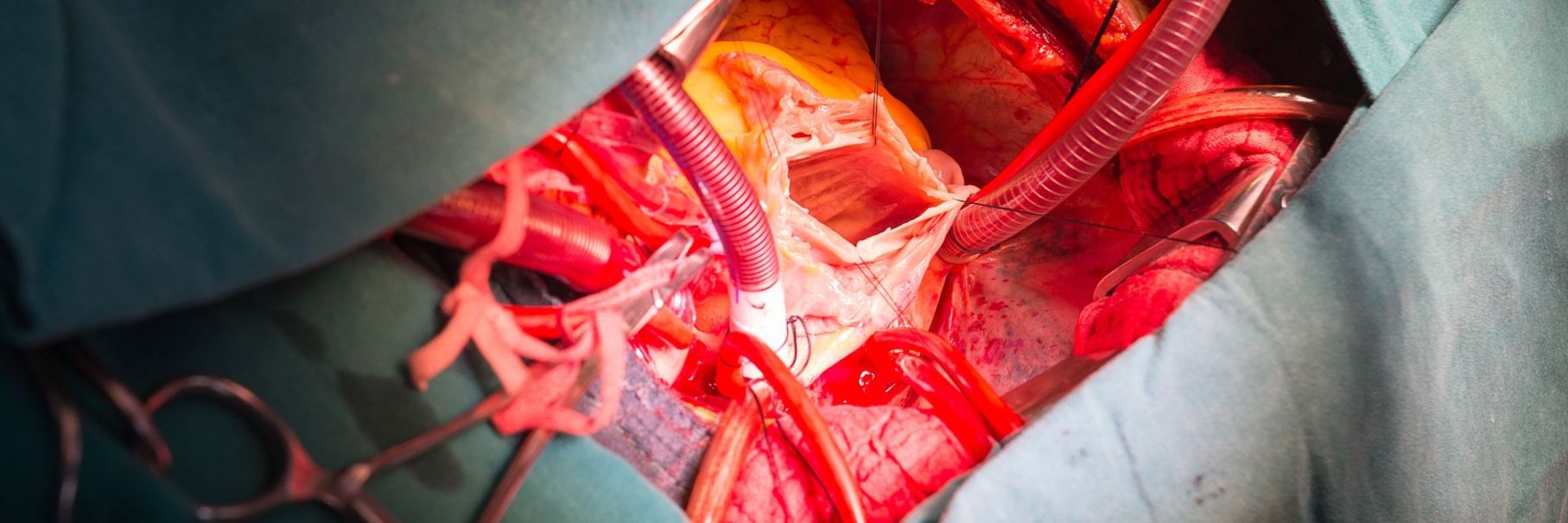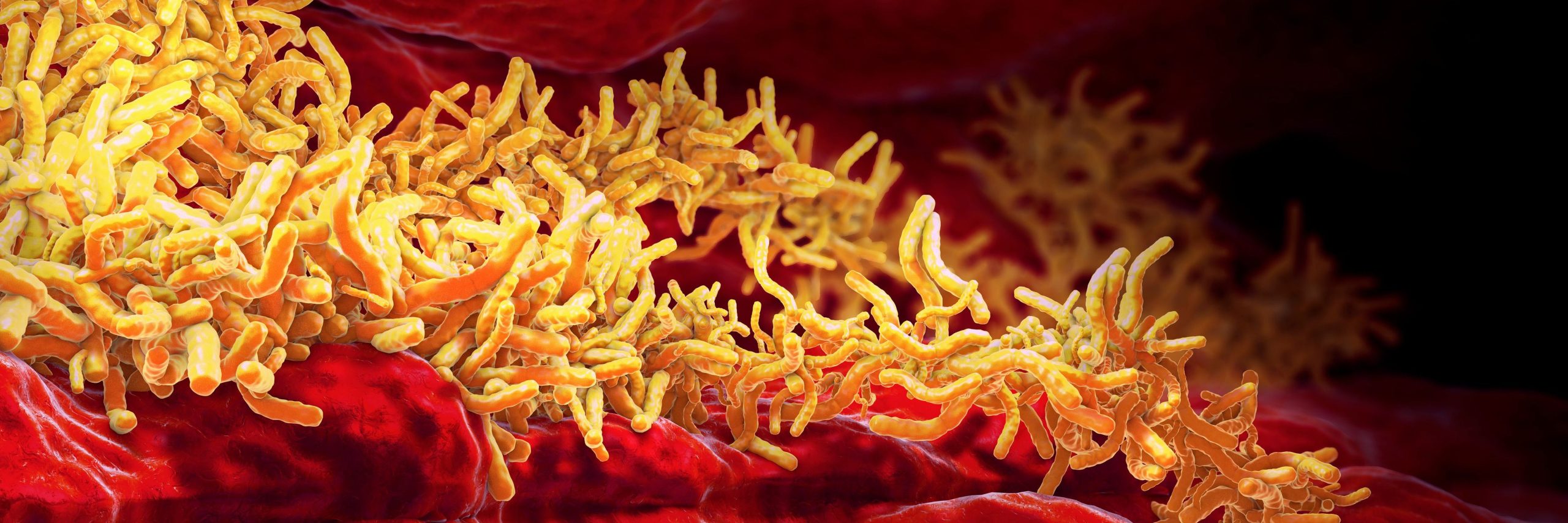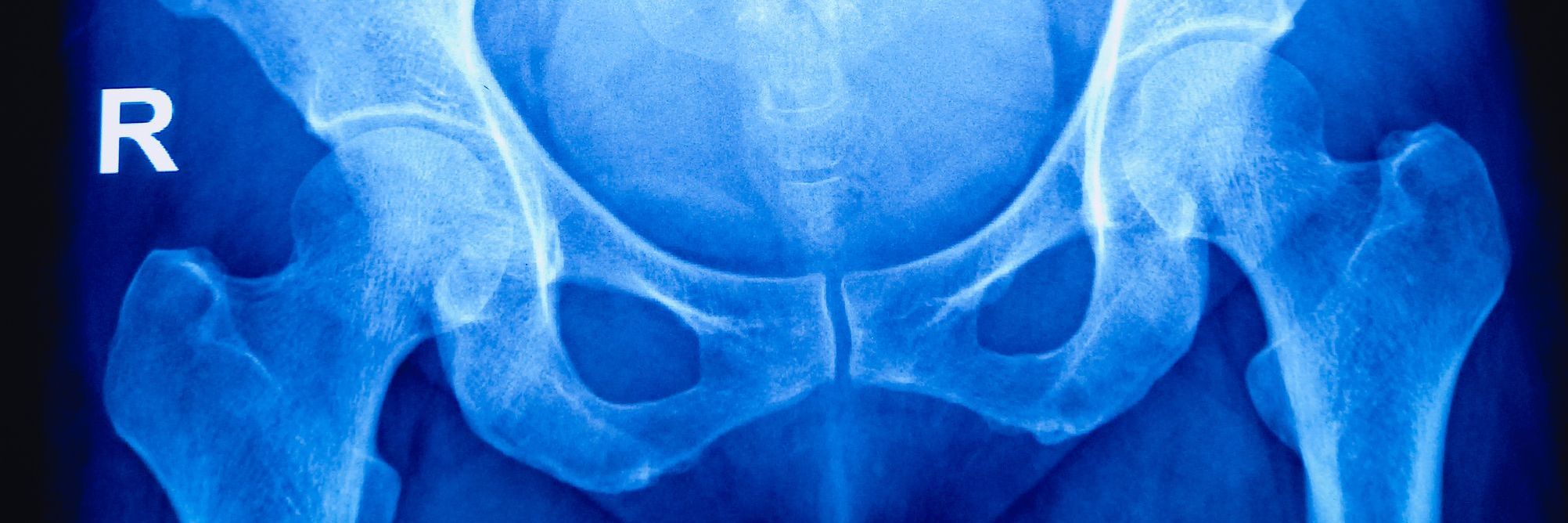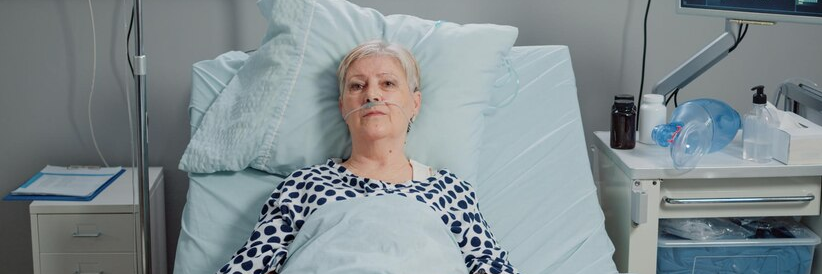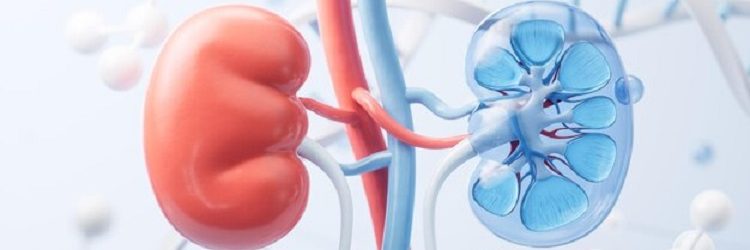The following is a summary of “IL-31–generating network in atopic dermatitis comprising macrophages, basophils, thymic stromal lymphopoietin, and periostin,” published in the MARCH 2023 issue of Allergy & Immunology by Hashimoto, et al.
A type 2 cytokine called IL-31 is connected to the itch in atopic dermatitis (AD). TH2 cells are typically thought to be IL-31’s cellular source. Furthermore, macrophages have been suggested as cellular sources of IL-31. For a study, researchers sought to investigate the expression of IL-31 by macrophages and its role in the itch sensation in AD.
They examined the expression of IL-31, thymic stromal lymphopoietin (TSLP), and periostin by immunofluorescent staining in human AD lesions and assessed correlations between these markers and infiltrating basophils. They also analyzed the mechanisms of inducing IL-31-expressing macrophages in a murine model for AD and in mouse peritoneal macrophages ex vivo.
The results showed that a significant population of IL-31+ cells in human AD lesions expressed CD163, an M2 macrophage marker. The number of IL-31+/CD68+ cells correlated with TSLP expression in the epidermis, periostin expression in the dermis, and basophils infiltrating the dermis. In the MC903-induced murine AD model, scratching behaviors and infiltration of basophils and IL-31+/MOMA-2+/Arg-1+ cells were observed, accompanied by enhanced expressions of TSLP and periostin. Blocking IL-31 signaling with anti-IL-31RA antibody or depleting macrophages attenuated scratching behaviors. Basophil depletion was also found to be essential in combination with TSLP- and periostin-signal blocking to effectively reduce lesional IL-31+ macrophages and itch. Murine peritoneal macrophages produced IL-31 when stimulated with TSLP, periostin, and basophils.
In conclusion, the study identified a network comprising IL-31-expressing macrophages, TSLP, periostin, and basophils that plays a significant role in the itch sensation in AD. The findings suggested that targeting the network could be a promising strategy for treating AD-associated itch.
Source: jacionline.org/article/S0091-6749(22)01567-6/fulltext




